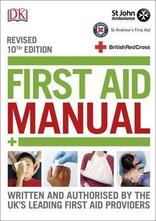As far as I am aware no one in Belgium has been diagnosed with Coronavirus yet. But, Coronavirus has certainly hit the headlines and is impacting on people across the world. Knowing that many of us travel widely I though you might like an insight into how you can prevent its spread, its signs, symptoms and treatment.... Why not check out this article from First Aid for Life by clicking on hte link below. It covers all you need to know
onlinefirstaid.com/chinese-coronavirus/
onlinefirstaid.com/chinese-coronavirus/
LifeFirst provides this information for guidance and it is not in any way a substitute for medical advice. LifeFirst is not responsible or liable for any diagnosis made, or actions taken based on this information. It is strongly advised that you attend a First Aid course to understand what to do in a medical emergency.



